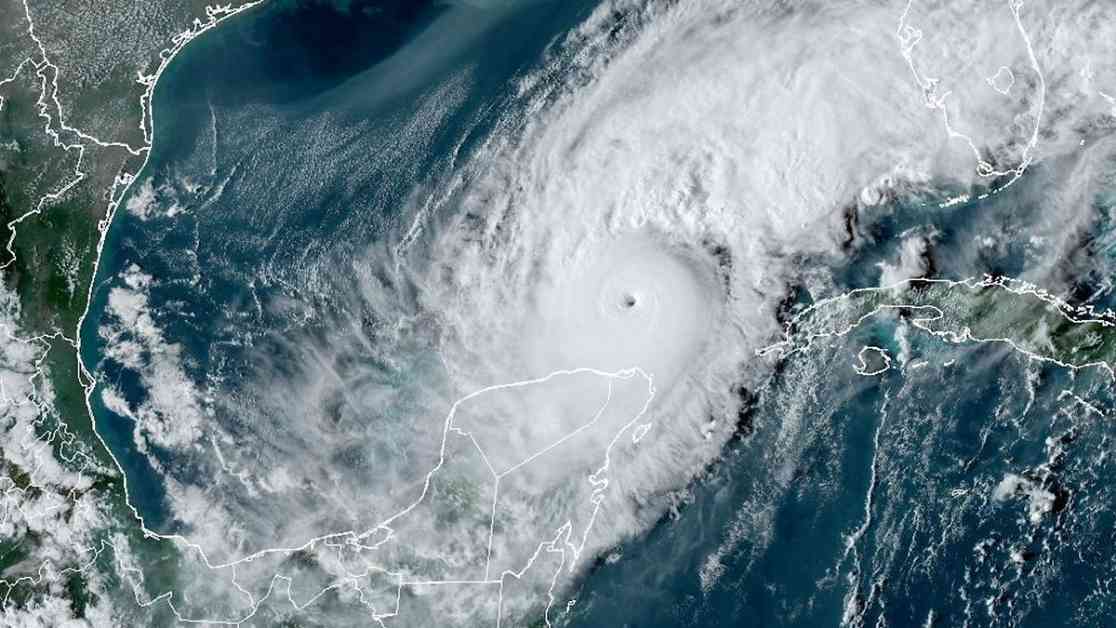Hurricane Milton, a powerful Category 5 storm, is set to make landfall on the Florida coast with sustained winds of 180 mph. This raises questions about the maximum potential intensity of hurricanes and whether there is a limit to their strength. Current calculations suggest that the theoretical maximum for hurricane winds peaks around 200 mph, but this could change as oceans warm due to climate change.
The intensity of hurricanes is determined by several factors, including the heat energy they draw from the ocean. The warmer the water, the more fuel available for the storm. Other factors like atmospheric heat, cloud temperatures, and wind shear also play a role in determining a hurricane’s maximum potential intensity.
As the climate warms, storms are becoming stronger and more frequent. Research suggests that the proportion of major hurricanes has been increasing, indicating a trend towards more intense storms like Hurricane Milton. This has led some scientists to propose the addition of a new hurricane category, Category 6, for storms with winds exceeding 192 mph.
While the potential for stronger storms is a concern, there are still uncertainties about the maximum possible intensity of hurricanes in a warmer world. The dynamics of extreme wind speeds and storm-weakening phenomena are not fully understood, leaving questions about the sustainability of storms with winds well above 192 mph.
In conclusion, Hurricane Milton serves as a reminder of the power and unpredictability of hurricanes, and the need for continued research to understand and prepare for the increasing intensity of these natural disasters. As the climate continues to change, it is crucial to monitor and study the potential impacts of stronger storms on coastal communities and infrastructure.










